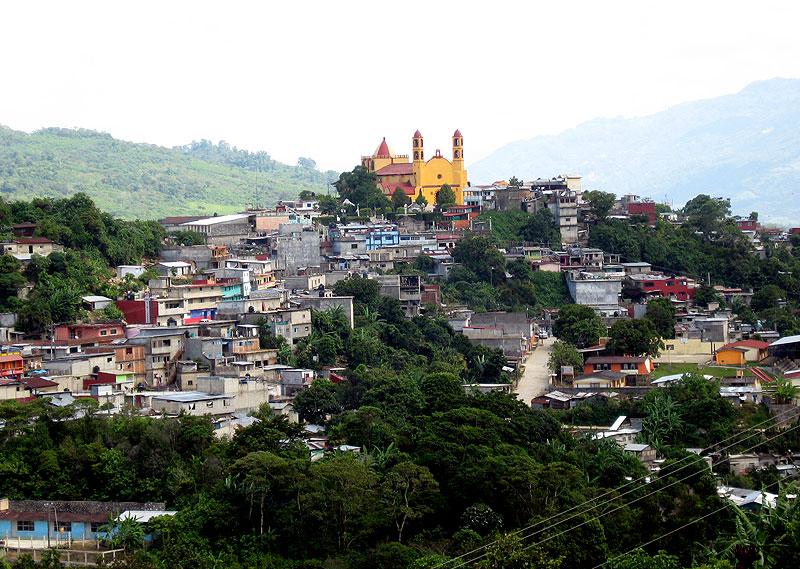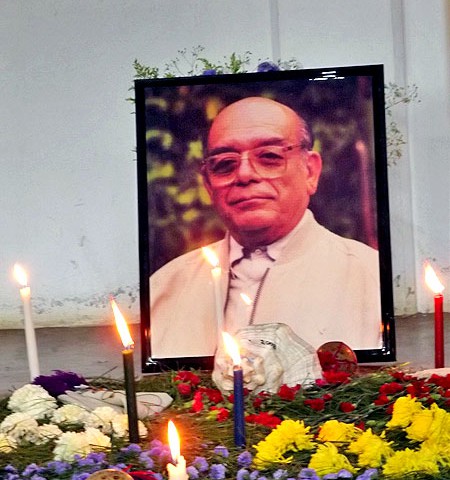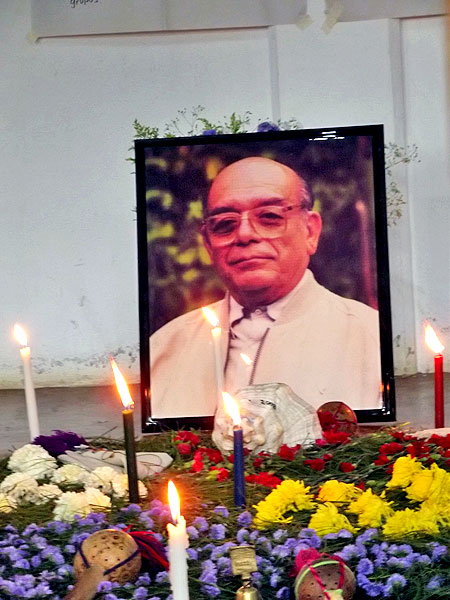
IN FOCUS: The Tila ejido, an example of struggle for land and territory
24/02/2013SIPAZ ACTIVITIES (From mid-November 2012 to mid-February 2013)
24/02/2013“We see then that in work with youth and women there remains much to be done.”
On 22 and 23 January 2013 the annual meeting of persons, organizations, and social processes that in previous years had received the Recognition jTatic Samuel jCanan Lum Award was celebrated. This recognition was created in 2010 by civil-society organizations in homage to the career of Samuel Ruiz García, bishop emeritus of San Cristóbal de Las Casas, who died two years ago. The award takes its name from the charge Jcanan Lum (caretaker of the people and land) given to Ruiz Garcia in 1999 by groups of Tsotsil, Tseltal, Tojolabal, Zoque, and Ch’ol peoples.
This year, the meeting sought to promote collective reflection and mutual learning with regard to the difficulties shared in terms of the greater involvement of women and youth in the social processes that seek societal change.
Although both groups suffer in many ways from similar challenges, the question of youth provoked greater debate, given that, in certain ways, the youth represent a relatively new phenomenon in the indigenous and campesino communities of Chiapas. Although it may sound strange, until recently there was very little time to “be young,” given that in the main one was married before 16 years of age. Besides, children are expected to work either in the fields or at home from a young age.
However, matters have changed due to a number of factors. First, we see the increase in time spent in schools (until high school or even university). Another element is the ever-growing presence of the radio and television and even social networks which provide alternative models of inter-relating. One youth who participated in the Meeting as a representative of the Believing People noted that “today we find that industry has taken charge in creating a multitude of distractions and attractions for these age-groups. To this we can add that formal education is of a low quality. Furthermore, the communication media take on the responsibility of distributing and promoting a life saturated with commodities—one that is comfortable, urban, and that in the end seeks to put an end to rural life. This proposal which seduces youth like the tempting serpent succeeds often in alienating us from our history and culture. It makes us see as our only future a profession that has nothing to do with our campesino and indigenous identities; it even succeeds in making us embarrassed of our own families, communities, and even selves, using the pretext that this type of thinking is modern and promotes development.”
A final factor that was stressed is that of migration, with increasingly young migrants being challenged upon returning to their places of origin, due to their loss of culture and customs. They are often also accused of seeing collective work in a negative light and of involving themselves in individualist and superficial affairs.
The consequence is that it becomes difficult for youth to find their places in these new realities, both in the city as in the countryside. This could help explain the increase in suicides among youth throughout the state of Chiapas. The rural crisis has removed perspectives of survival from many, without regard to age. Given the lack of access to land in rural areas, many males no longer automatically can be considered to be ejidatarios. They must instead wait for their fathers to step aside, a move that may not necessarily benefit all the children in question (much less the females, who are often entirely excluded from having ejidal rights). All these factors help to explain why it is that many youth “do not find any connection between the past and the present, and for this reason have little to nothing to contribute to the construction of a more just society, given that they may not even be able to discover the injustices and barbarities of the present system.” The participation of female youth is even more difficult, considering the joining together of characteristics that can promote exclusion.
The participants of the 2013 Jcanan Lum Meeting affirmed that “reality demands that we unite ourselves in diversity and learn from each other,” males and females, youth and elderly. They identified several experiences and processes that motivate them in light of the prospect of an adverse future: the source of faith in inspiration and hope and the knowledge of their ancestors and elders; the capacity of taking conscience and leading others to do the same; the capacity of meeting, listening, and making agreements to create alternatives; and the necessity of suspending judgments against others. There was much discussion of attitudes of “active patience” as proposed by the Diocene Coordination of Women (CODIMUJ) and the importance of providing examples that advance small changes that can in the end help to change everything.
The event closed without any sense of disillusion, but rather with reconfirmed commitments: “As peoples on the path we are invited to listen to each other, accompany each other, and animate our hearts, strengthening our daily work in harmony: men and women of all ages in an attitude of service, recognizing the self that leads us to the Grand Ceiba, where the stars of hope take refuge in the branches that already are in bloom.”


